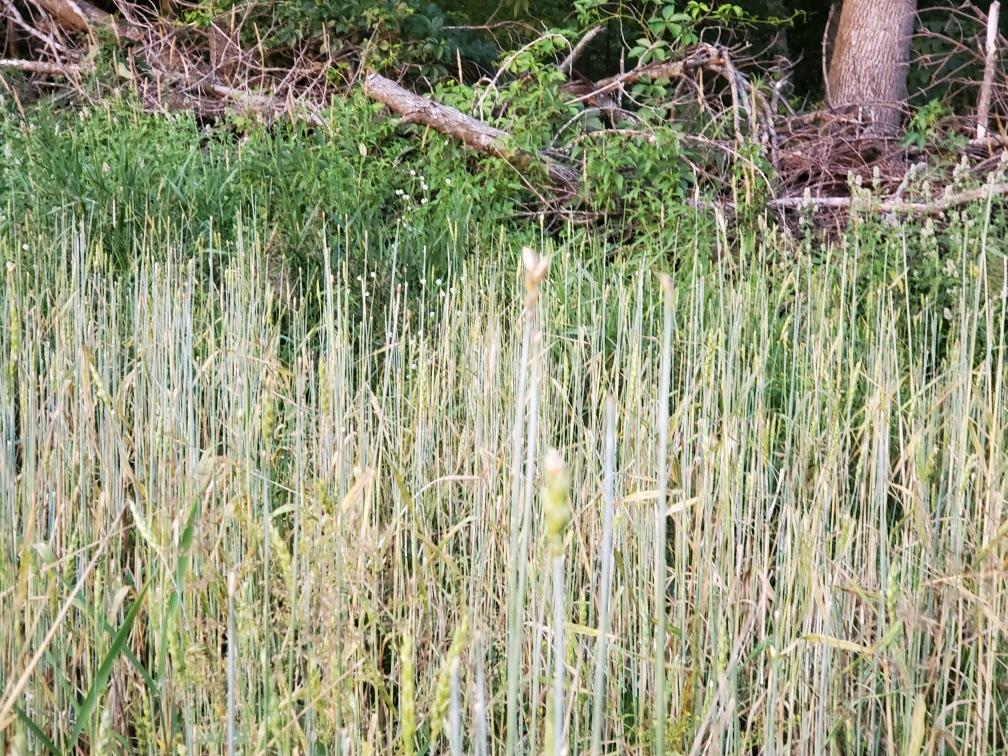Jack,
Agree with all your points. However, turkey use is really secondary, I am primarily interested in deer. Should have clarified better.. my fault.
For deer, during hunting season, the attractiveness of the general crop are secondary to pressure and location of the plot with respect to cover. The attractiveness of one cereal grain over another is even smaller, and the difference between bearded verses beardless is down in the noise.
That is not to say there may be some special circumstance where it makes a difference, but when it comes to cereal, my experience is that less expensive is better in that it frees money for other habitat projects. If beardless was less expensive in my area, I'd use it. In my area, cereal is cereal.
I think of attraction differently than many. If I planted strips of each, put up exclusion cages on each, and found deer preferred one over the other, my question would be "What does it matter?" If the deer only had the less preferred one, would they eat that instead? In my area, the answer is a clear "Yes". I can't speak to all areas and situations. Attraction is all relative. I could plant ice cream crops like soybeans and sunflowers in the fall in a wide open area near frequent hunting pressure and it would get near zero use during shooting hours. I could plant ryegrass in a small 1/4 acre plot in a low pressure area next to heavy cover and deer would be in it all day.
In bumper mast crop years, it doesn't matter what I plant. Deer will bed right in the oaks, stand up, walk 30 yards sucking up acorns and then lay back down. Folks can sit on food plots from sunup to sundown and see nothing. Cameras do show that at 2 AM, deer like a little salad with their nuts.
Others may take a different view of attraction, but that is mine. I've experimented with lots of different crops. My conclusion is that significant acreage of a good mix of crops that require low fertility are the best bet. I don't want farm-looking high yield monocultures on less acreage. I find a mix of these crops and weeds (except for a few problematic weeds with low wildlife value) works the best.
Thanks,
Jack
